Why Dogs Growl
A dog will growl to draw your attention, immediately. A growl can communicate fear, pain, or discomfort in various stressful situations that continue beyond the dog’s ability to cope. A growl is the most effective tool a dog has to alert you to his discomfort.
The “final straw” state is one humans share with dogs. A growl may not be a reaction to just one event or the last thing that happened. Stressors are cumulative and add up for dogs just as they do for us. We’ve all experienced that “final straw” state that can push us over the edge. The feeling we’ve all had of, “Okay, that does it!” This feeling goes for dogs as well.
Here’s an example: Your friends and their small children are staying with you for a week. Children are new for your dog, so you have to keep a close watch. The first two days pass without any problems, but on the third day your dog growls at the kids when they run up to pet him. Thinking back, you remember seeing some subtle signs, you now realize that your dog hasn’t really been able to settle since they arrived. It’s time to examine why your dog felt the need to growl: the kids pat him too hard on the head and you’ve had to ask them several times not to hug him.
What NOT to Do
Don’t make the mistake of punishing your dog for growling. In the scenario above, punishing your dog for growling will not only confirm that when children are around terrible things happen to him (the punishment), but it will also negatively impact his perception of how you act toward him (you punished him) when kids are present. Next time, he won’t think it’s safe to warn with a growl and his behavior could escalate. If you use punishment, your dog will be apprehensive about you because of your out-of-character behavior, he’ll be really worried about children, and he’ll be worried about using his communication tool.
Another unfortunate result of punishing a growl is that it can confuse and alarm a dog to the point that he feels threatened. This perception of danger and increase in stress can prompt an escalation in defensive behaviors.
What to Do Instead
When a dog growls, immediately stop what you are doing. Step back to give the dog space. Evaluate why the dog is uncomfortable. If the dog is new to you, maybe you got too close, too soon. Perhaps you leaned over him or inadvertently stepped on his tail. Or, like in our example, he was feeling uncomfortable with a child’s behavior.
Help your dog not feel like he needs to growl. If you’re trying to groom your dog, have your partner distract him with treats while you clean his ears. Instead of grabbing his collar to move him off your bed, squeak your dog’s favorite toy and ask him to fetch.
Using the scenario we outline above, if you know that your dog has never been around small children, it will be less stressful for everyone if your dog stays in his crate when you are unable to supervise. If you are making a meal or catching up with your friends, put your dog in his crate or leave him in your bedroom with his bed and a stuffed Kong. If the weather is nice, perhaps he can hang out in your yard. Once you are able to focus on him with the kids, take the opportunity to teach them how your dog likes to be petted. Not only will the kids learn how to interact with a dog, your dog will get to have a positive experience with small children. Prevention can go a long way toward avoiding potentially stressful situations for your dog and the people interacting with him.
Seek professional help. If growling is a new behavior or if you are unable to establish what the stressors or triggers are, schedule a vet exam to rule out a medical cause. Once your dog has received a clean bill of health, a one-on-one private session with a certified professional dog trainer can help you make sense of your dog’s growly behavior. Please contact our training department for assistance.
Need help? Call our free pet behavior help line at (503) 416-2983.



